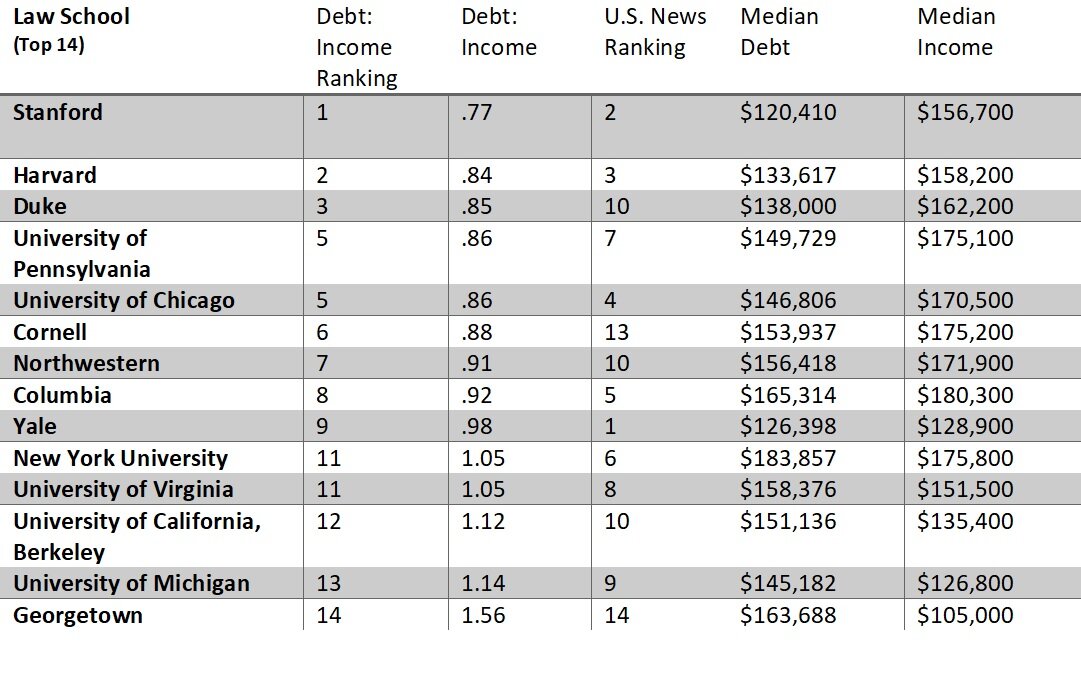The impending physician shortage, coupled with the problem of physician burnout, has led to important discourse over the treatment and training of future physicians. Medical training programs are looking to improve wellbeing among medical students and residents through various avenues including reduced tuition, investments in wellbeing programs, and mental health resources. But are they doing enough? A recent op-ed published by the AAMC, by Srijan Sen, MD, PHD, suggests medical residency programs need systemic changes on top of the current efforts focused on building individuals’ resilience and wellbeing.
Dr. Sen, along with collaborator Connie Guille, MD, analyzed data collected via the Intern Health Study to highlight the negative impacts of residency on interns’ health and propose data-based solutions for a healthier environment. The Intern Health Study, a longitudinal study that includes responses from more than 20,000 medical trainees, shows that the rate of depression increases “Five-fold within the first few months of residency” and remains higher throughout training with “about one out of four residents screening positive for depression at any given time during residency.” Dr. Sen goes on to note that beyond the questionnaire responses describing stress, there are physical indicators as well. “Telomeres, a cellular marker of aging, shorten five times as much during internship as during a typical year of life…” And, what’s more, a compromised physician is more likely to make medical errors and to provide lower-quality care to patients.
Dr. Sen references a 2019 study that reviewed over 50 internal medicine programs using residents’ feedback and information collected in national databases. The findings show variation in the depression rates between programs; more importantly, the variation showed consistency with some programs regularly registering high and others low. When Dr. Sen compared the programs, the findings showed that while the volume of hours, type of work (administrative versus patient care), and work-family conflict all impact the rates of depression, another critical component differentiating the high and low depression programs was the type of learning environment. “A key factor among low-depression programs was residents reporting that their inpatient rotations were a positive learning experience. Another was receiving timely and appropriate feedback from faculty. Both of these factors indicate that a focus on education, and specifically directed education from faculty, makes a major difference.”
The findings are particularly pertinent given an article published last week in the NY Times by Perri Klass, MD. The article, which is in response to a recently published JAMA Pediatrics article (Walking on Eggshells With Trainees in the Clinical Learning Environment), speaks to the difficulties that many faculty members feel providing feedback to trainees. While the medical community is working hard to end the harassment and bullying of residents that typified many interns’ experiences historically, some feel the pendulum has swung too far and that they are unable to provide criticism, tough feedback, or make interns feel discomfort without retribution or poor evaluations.
Dr. Klass quotes Dr. Janet R. Serwint, professor emerita of pediatrics at Johns Hopkins, who says, “When I look back at my career and my life and how important some of that feedback was, and it was hard for the giver to give to me, I’m sure, but they did it in a respectful way… I worry that the balance is swinging in such a way that it’s all about, oh, you are wonderful.” During her time as the vice chairwoman of education and the residency program director, she said that some faculty would mention problem residents, but often they had not broached the issues directly with them. “It’s the discomfort, or the worry of retaliation and evaluation.” Furthermore, Dr. Melanie Gold, lead author of the JAMA article, goes on to say that she has also struggled with interns unwilling to experience discomfort during medical training. Her examples include a student who complained to a course director about transgender health’s inclusion in the curriculum and others who, due to religious objection, were unwilling to even observe a patient consultation. Dr. Gold went on to say that many faculty members feel ill equipped to engage in the resulting difficult conversations.
While these articles are written from differing perspectives, they describe a shared desire by residents and faculty for meaningful feedback and instruction. Given that discomfort is an inherent condition of medical training, the data would suggest that some programs are able to navigate this discomfort better than others. Dr. Sen says that “Faculty members also need to learn trainees’ specific strengths and weaknesses and then provide thoughtful, specific feedback that truly supports their learning. Programs ought to encourage faculty to invest the time necessary to support learners and reward them for doing so.”
Following this discourse is important for future medical students and interns who are applying to medical school or residency programs. Applicants can distinguish themselves by showing that they understand the role that feedback—positive and negative—plays in preparing for a medical career. Demonstrate this understanding by using interviews and essays to describe situations where negative feedback spurred improvement, learning, and connection with others despite discomfort. Just as faculty must be willing to consider how best to promote learning, trainees must demonstrate an openness to the criticism and discomfort necessary and inevitable in the preparation for a medical career.
Further, when evaluating programs, applicants should take into consideration the learning environment. Observe the interactions between faculty and interns, and question current and former program participants about how and at what frequency feedback is offered. It may also be worthwhile to engage administrators or admissions representatives on how the program structure trains and supports faculty in providing feedback, facilitating difficult conversations, and creating a positive learning environment. While more visible wellbeing investments can be compelling, it is critical to look closely at the structural elements of a program that data shows matter to the lives of residents: hours worked, tasks performed, work-life balance, and the learning environment.





